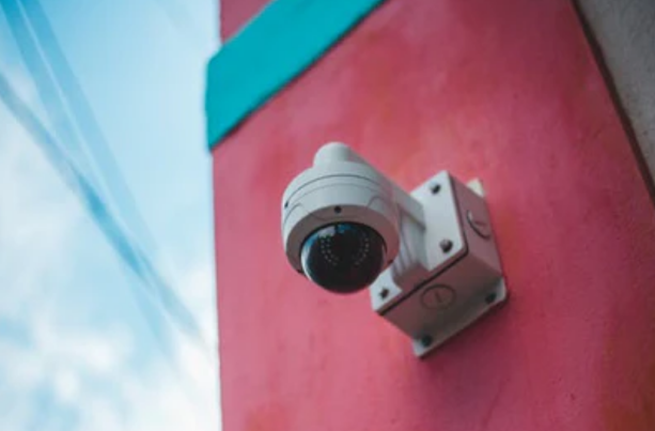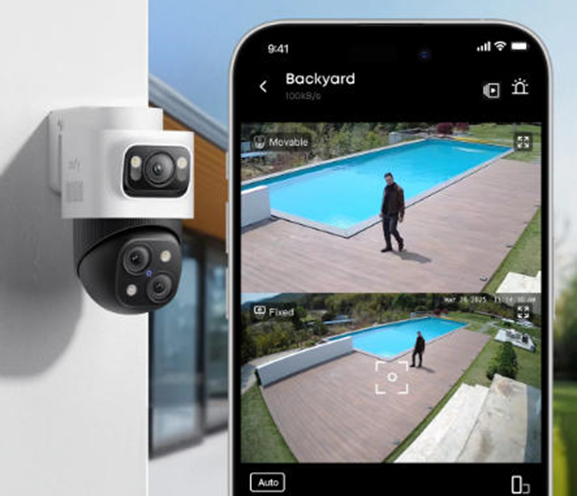August 7, 2025
What Is an NVR?
The shift from analog to digital has transformed security systems, and at the heart of this evolution lies the Network Video Recorder (NVR). Unlike traditional DVRs, which rely on bulky coaxial cables and analog cameras, NVRs leverage IP cameras and network connections to deliver high-resolution footage, remote access, and advanced analytics. Whether you’re securing a small business, a multi-story home, or a sprawling warehouse, understanding NVRs is essential for building a reliable, future-proof surveillance system. This guide demystifies NVR technology, explaining what it is and why it’s the preferred choice for modern security.

Something About NVR
What Does NVR Stand For?
An NVR (Network Video Recorder) is a digital device that records, stores, and manages video from IP cameras over a network, offering sharper images and scalable storage compared to analog DVRs. It serves as a central hub: IP cameras encode and transmit digital footage via Ethernet or Wi-Fi, which the NVR processes and stores locally or in the cloud. Users access live or recorded feeds via apps or browsers. With features like 4K support, motion detection, and facial recognition, NVRs enhance security for businesses (monitoring inventory, deterring theft) and homeowners (remote surveillance). Their flexibility in adding cameras and integrating with smart systems makes them essential for modern security setups.
How Does an NVR Camera System Work?
An NVR camera system combines IP cameras, a network, and an NVR device. IP cameras, equipped with advanced sensors, capture high-def video even in low light and often support PoE for simplified installation. Wired Ethernet ensures reliable, high-bandwidth transmission for large areas, while Wi-Fi offers flexibility but may face signal issues. The NVR acts as the control center, compressing and storing data—a 4TB drive holds ~30 days from four 1080p cameras—and enables easy search and remote access via apps for live monitoring and control.

What Are the Types of NVR?
NVRs come in two primary types: PoE and non-PoE. PoE NVRs simplify installation by transmitting power and data via a single Ethernet cable per camera, reducing clutter—ideal for homes or small offices. Non-PoE NVRs require separate power sources and are suited for large facilities with existing wiring, offering flexible placement but needing more planning. Hybrid NVRs support both IP and analog cameras, enabling gradual upgrades by unifying legacy and new systems. Cloud NVRs store footage online, cutting hardware costs but requiring stable internet and subscriptions. Choose based on budget, scalability, and infrastructure: PoE for simplicity, non-PoE or hybrid for complex setups.
What Are the Key Advantages of NVRs?
Beyond superior image quality and scalability, NVRs offer significant advantages over analog systems. They support higher frame rates and resolutions, ensuring smoother playback and clearer details in critical moments. The use of IP networks allows for easy expansion—simply add more cameras without rewiring the entire system. Additionally, NVRs integrate seamlessly with other smart technologies, such as alarms, access control systems, and voice assistants, enabling automated security workflows. For example, an NVR can trigger alerts when motion is detected in restricted areas or automatically arm/disarm cameras based on a schedule. These capabilities make NVRs not just surveillance tools but integral components of intelligent security ecosystems.
Conclusion
NVRs have transformed security by combining digital accuracy with user-friendly functionality, making them vital for homes and businesses. Understanding NVR types and operations allows you to customize a surveillance system to your needs. Opt for PoE NVRs for simplified installations or hybrid models to integrate old and new technology. Prioritize features like 4K resolution, remote access, and AI analytics to ensure your system stays advanced. Avoid common pitfalls such as improper camera placement, insufficient storage, or unstable networks. Thoroughly test your setup and consider professional installation if needed. With the right NVR, you’ll enjoy flexible, scalable security that adapts to an increasingly connected world.
